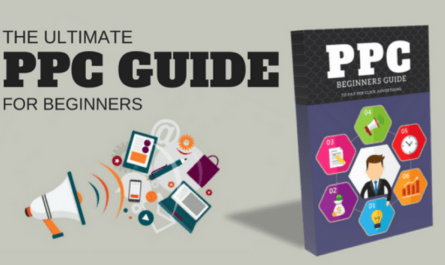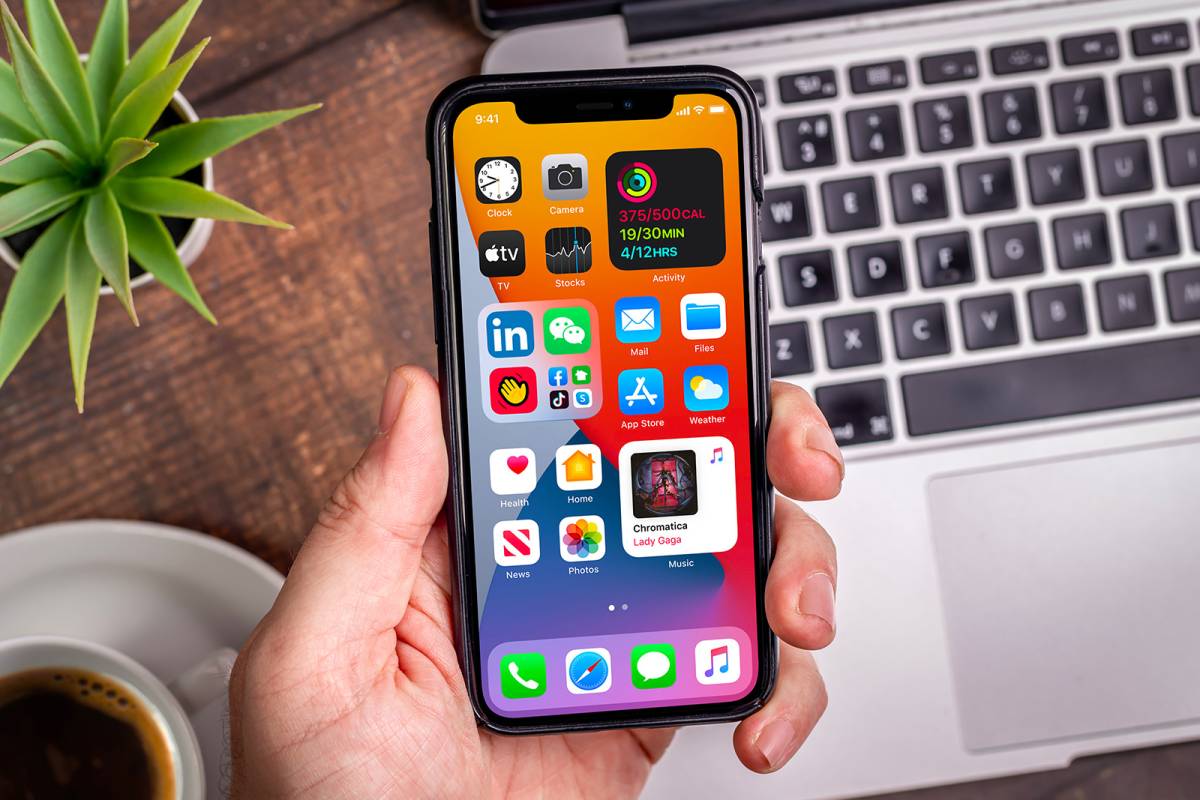TV trends keep on changing rapidly. It feels like a cliché, but it’s true. Ever since the quarantine and lockdown imposed as the outbreak of COVID-19, people are watching more TV than ever. Even giants like Spectrum TV started offering promotions (Such as free premium channels) to ensure customer stay safe at home and have a good time.
Contents
How Has Content Consumption Changed?
Has the world reached its peak in content consumption? In some parts of the world, it’s true. A report published by Nielsen in 2019 says that the ratio of consumption is around 5:59 daily. Even though the trend of video streaming services is at its peak, some people still enjoy traditional TV. Nielsen’s report explored how different audience connects with video content across VOD, Live TV, DVR, and other digital media. The report also provides a comprehensive view of how people consume video content to evaluate TV and digital media consumption.
Live TV is one of the largest contributors to spending time. The 18 to 34 demographic spend 66 percent of their time watching content from leading broadcast networks through live TV viewing. The same group spends 81 percent of their time viewing content originated from cable networks.
Content consumption via connected TV devices is growing, and it’s bringing linear and dynamic content experience together in a living room. On average, Americans spend 4.3 billion minutes watching video on demand via a connected device. This content is featured by the leading broadcast networks in the country. 71 percent of the viewers between 18 and 43 use their smartphones and tabs to watch content rather than their PCs. People of the same demographics watch content from cable networks on their digital devices. 55 percent of that viewing is done on their mobile devices. The content originated from digital-first publishers is viewed on mobile devices 91 percent of the time.
Trends in TV Consumption
1: High Demand Inspit of Rising Subscription Costs
Subscription-based streaming services are not the only ones to increase the cost of the subscription. Leading cable companies are on the same trend.
The programmer demands for inflation has increased the licensing fees of channels, and hence the final rates have increased as well. TV providers seem to be fully invested in the online delivery of content. There’s no reason to reduce the prices.
2: vMVPD Subscription is Rising
Virtual Multichannel Video Programming Distributors (vMVPD) are the distributors who aggregate live and on-demand TV but deliver their content through the Internet. Sling, YouTube Live, Apple TV, Amazon, Hulu Live are some examples.
It was estimated that 40 percent of the subscribers who left their pay-TV service subscribed to the vMVPD service. However, they subscribe to the service for a month or two, usually when there is something worth watching like the Olympics, and once they are done, they cancel the service.
3: Growth of Free-Ad Supported on TV
This trend started in 2019, and it’s still very much in. it’s also known as FAST (free-ad supported on TV). Tubi and Pluto TV are two market leaders who have to claim more than 20 million access users. They can reach an audience that traditional TV has failed to so far, like the younger viewers.
The content available on FAST falls into three categories. First is the old TV shows/movies (which SVODs are not interested in broadcasting, second is digital-first video clips (mostly from YouTube), and last but the least, the big media library content (to make FAST stand out). Other categories included are minor, including live streams from smaller cable companies, niche sports, news clips, and more.
4: Penetration and Growth of SVOD
Subscription Video on Demand (SVOD) is a video streaming service like Netflix. In the first half of 2019, 74 percent of US homes had at least one SVOD service. The growth has spiked in 2020. With streaming services like Disney+, those consumers who were reluctant to move online purchased the subscription. The trend will follow as more attractive streaming services are launched.
Will modern TV consumers their cancel subscriptions completely to switch to SVOD? Not anytime soon because cable TV providers are launching their streaming services to compete. A person like me who has Spectrum Internet and cable would want to keep their subscription because, so far, SVOD doesn’t offer extensive live sports coverage like cable.




